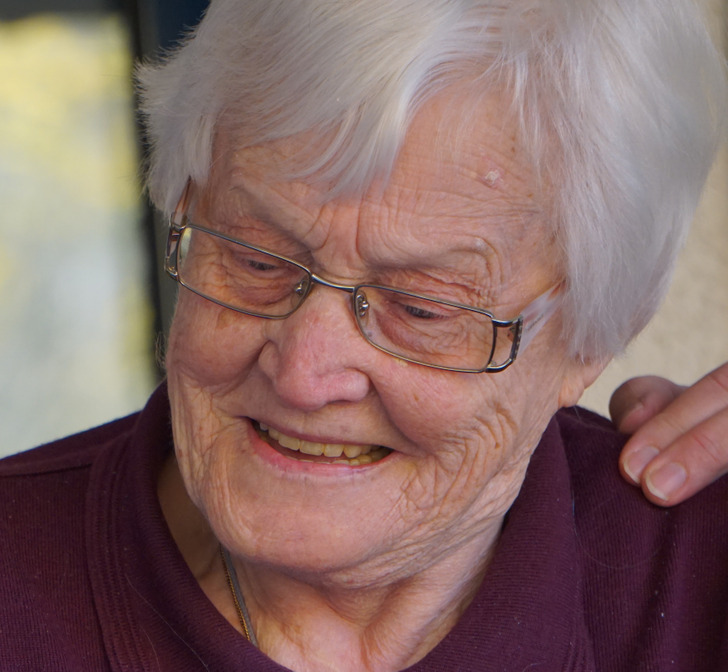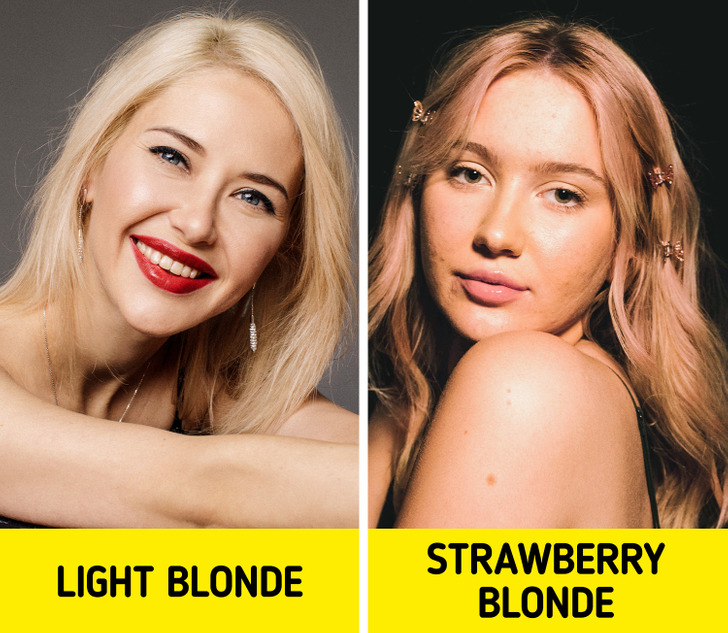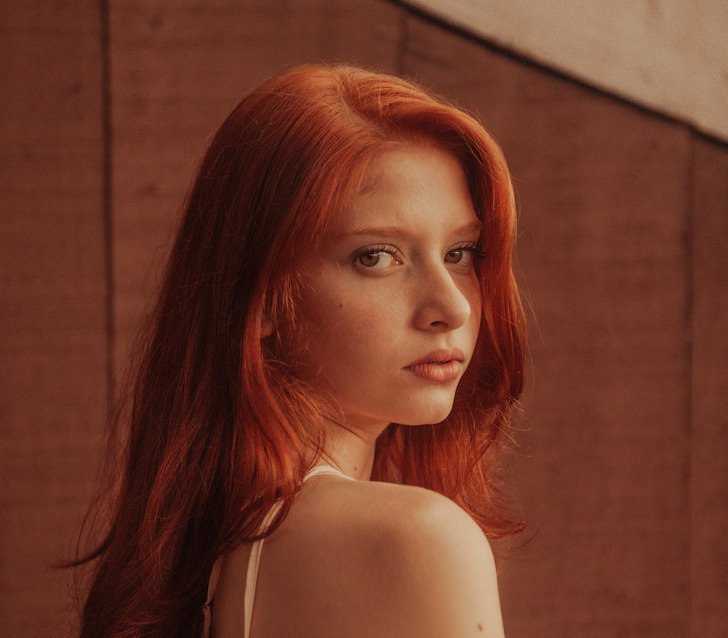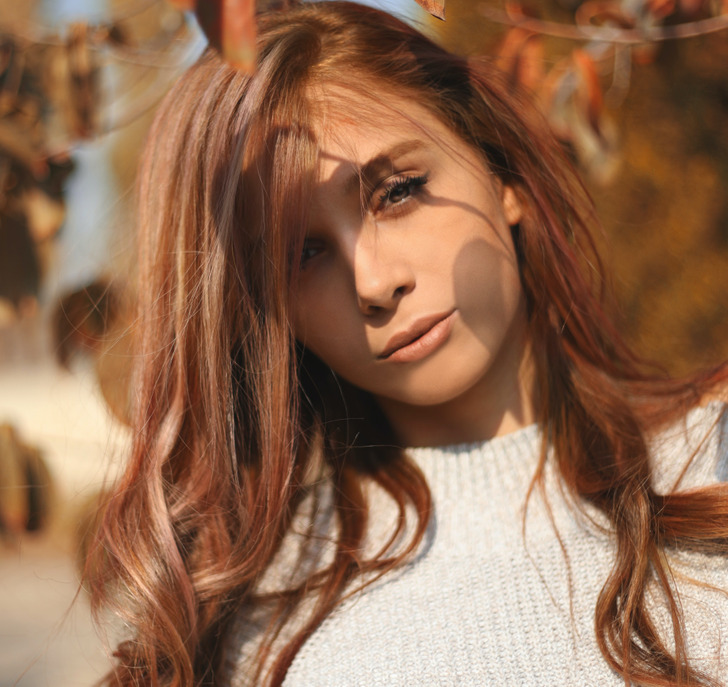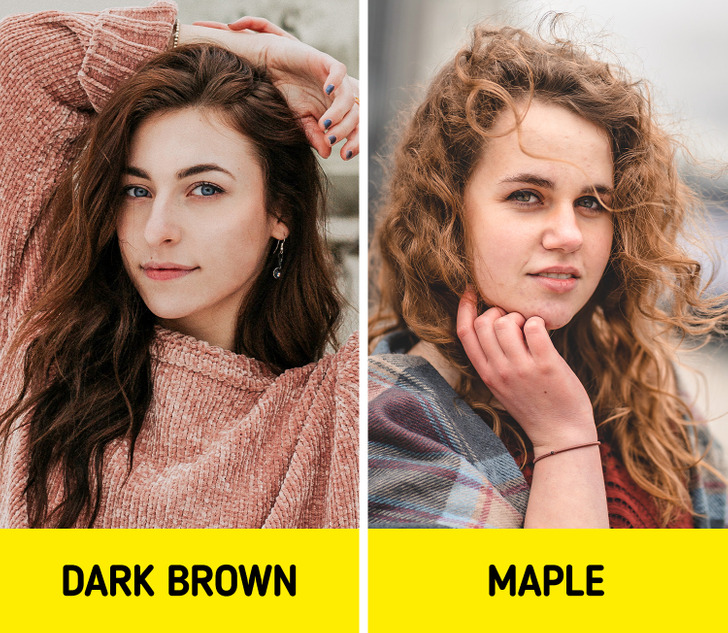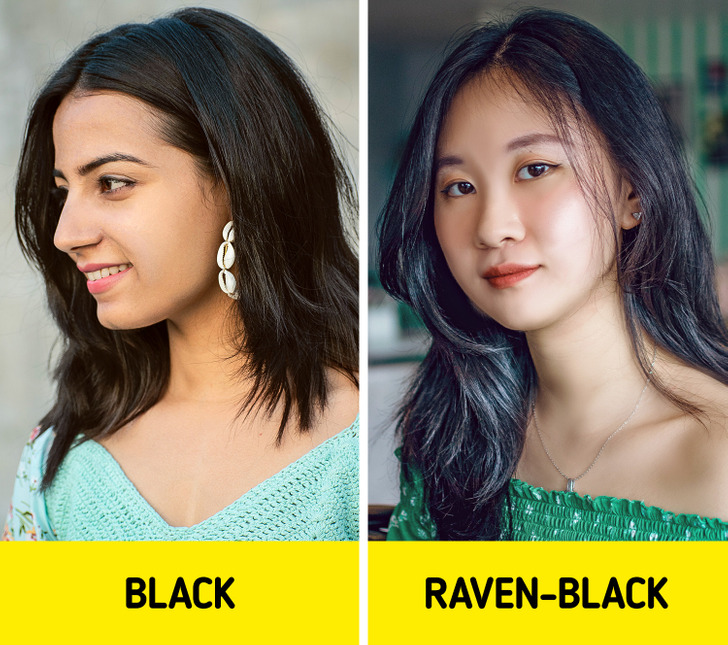A Guide to Natural Hair Colors
There is a Fischer-Saller scale to determine human hair color. It describes a lot of different shades, from very light to black. But we sometimes get confused about the most basic colors and call light hair auburn and vice versa.
We at 5-Minute Crafts found out more about these names, so you won’t make any mistakes after reading this article.
Why people have different hair colors
Our hair color depends on the presence of 2 types of melanine: eumelanin and pheomelanin. Pheomelanin dyes our hair orange and red. And eumelanin (that has 2 subtypes — black or brown) determines how dark the hair will be. More of the black eumelanin makes our hair blacker, and more of the brown eumelanin makes it browner.
Gray
Gray hair, as you know, is often seen in older people. Gray is not a domination of a certain pigment, it’s a full absence of the pigment. Gray hair may have different shades but it depends on how sunlight is reflected on it.
In some cases, going gray may be connected not with the age but with some other nuances, such as a thyroid hormone deficiency or a lack of vitamin B12. Sometimes, gray hair can be inherited — even some children might have gray hair. It’s often seen in men, and women are carriers.
Blonde
Blonde is a hair color characterized by a low concentration of eumelanin. The final shade depends on a lot of factors but always has a yellowish color. The color may vary from a very pale blonde (very uneven distribution of the pigment) to a reddish strawberry blonde or brown-gold sandy blonde (with more eumelanin).
Very often, children have blonde hair, so often in fact, that there’s even a term — baby blonde. But such hair usually gets darker with age. Natural light hair is a rare sight among adults.
Red
This hair color is found in 1%-2% of the population of the planet, mostly in Northern and Western parts of Europe. The pigment, pheomelanin, gives red hair its distinctive color and it contains much more of the pheomelanin than of the dark pigment, eumelanin. Red varies from deep burgundy to bright orange.
In the Netherlands, there’s an annual Redhead Day festival visited by red-headed people from around the world. This event started in 2005 when a Dutch artist named Bart Rouwenhorst decided to draw 15 red-headed people.
Auburn
This type of red hair is often described as dark red or reddish-brown. The chemical pigments that create the auburn color are frequently pheomelanin with high levels of eumelanin. Most of the time, auburn hair has a reddish shade. It can be found in a wide variety of people with all kinds of eye and skin colors.
Brown
This hair color is the second most popular after black. It is characterized by higher levels of the dark pigment, eumelanin, and lower levels of the pale pigment, pheomelanin. You probably know that people with such hair are called brunettes. This term is derived from the Proto-Indo-European root, bhrūn — or brown-gray.
In most parts of Europe, people with brown hair predominate. Brown has a lot of different shades and may vary from very dark, which might even look black from a distance, to gold-brown and maple.
Black
This is the darkest and most popular hair color. Hair is naturally reflective, so black hair won’t look black in bright light. But the coldest and darkest black won’t have a warm shade in daylight but will appear almost blue, similar to a raven wing.
